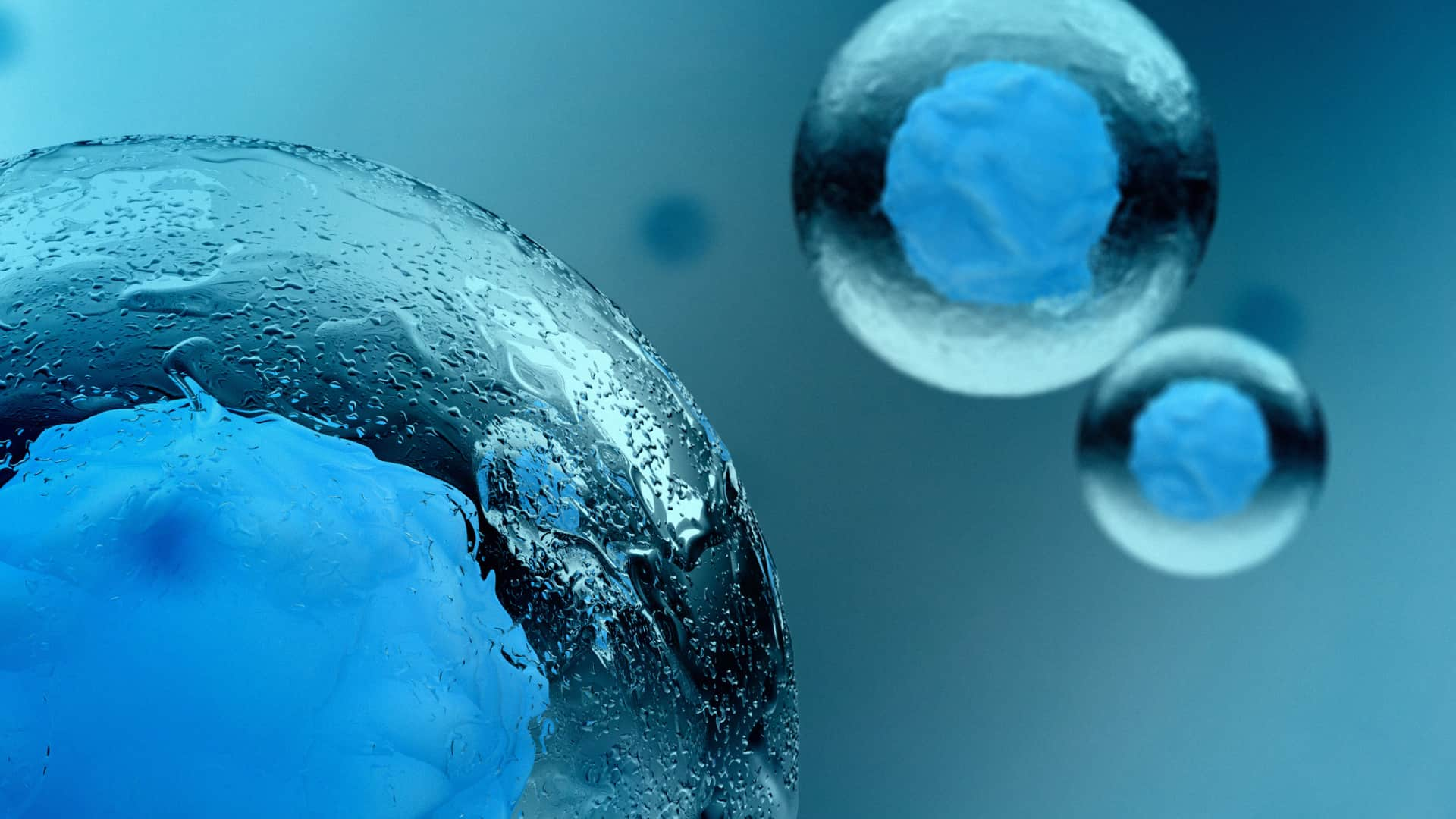Celastrus Paniculatus Seed Extract

COMMON NAME
Celastrus | Intellect Tree | Jyotishmati
TOP BENEFITS OF CELASTRUS PANICULATUS
Supports cognitive performance*
Supports mood*
Supports stress response*
WHAT IS CELASTRUS PANICULATUS?
Celastrus paniculatus is native to India, where it’s used by local healers primarily as a brain tonic for reasons that are consistent with one of its common names, “the intellect tree.” Today we’d recognize these uses as offering nootropic support. These uses include “...mental acuity, support memory and intellect as well as retention and recalling power; and to alleviate mental fatigue, stress...”*[1] It was believed that people using this plant would be able to learn new information more quickly, and more accurately and efficiently recall it later.*[1] Celastrus paniculatus seeds (and their oil) are what is used for cognitive support. The seeds contains a variety of active compounds, including sesquiterpenes such as celastrine, celapanine, celapanigine, celapagin, malkangunin and paniculatine. Celastrus paniculatus extracts have, in experimental research, positively influenced cognitive function and neuroprotective functions.*
NEUROHACKER’S CELASTRUS PANICULATUS SOURCING
Celastrus paniculatus is an alcohol extract of the seeds.
Grown in India.
Celastrus paniculatus is non-GMO, gluten-free, and vegan.
CELASTRUS PANICULATUS FORMULATING PRINCIPLES AND RATIONALE
One way Celastrus paniculatus was traditionally used was to have a person start by eating one seed a day in the diet, and then gradually increase by one seed a day, up to a maximum of 100 seeds daily [1]. This suggests to Neurohacker that the best way to approach formulation would be to consider Celastrus paniculatus as an adaptogenic herb; following hormetic dosing principles (see Neurohacker Dosing Principles) with a high likelihood of having a hormetic range (i.e., a dosing range below and above which results could be poorer). We have selected a low-to-moderate amount because of both the traditional approach to use, and because of our N of 1 dosing experience in product development and testing.*
CELASTRUS PANICULATUS KEY MECHANISMS
Supports brain function and cognition*
Supports memory and learning (in animals)* [2–8]
Supports the levels of monoamine neurotransmitters (noradrenaline, dopamine, and serotonin) and their metabolites in the brain* [2]
Interacts with dopamine-D2, serotonergic, GABAB, and NMDA receptors* [9,10]
Influences acetylcholinesterase activity in the brain* [3]
Supports brain content of total lipids and phospholipids* [11]
Supports neuroprotective functions* [5–8,10,12,13]
Supports a healthy mood and stress response*
Supports positive behavioral responses to stress* [5,9,14]
Supports antioxidant defenses*
Supports antioxidant defenses* [4,8,12,13,15–17]
Counters oxidative stress* [4,8,12,13,15–17]
Supports free radical scavenging activity* [13,16,18]
Other actions*
Supports gastroprotective functions* [17]
Supports healthy immune/cytokine signaling* [17,19,20]
Supports relief of minor physical discomfort* [19,20]*These statements have not been evaluated by the Food and Drug Administration. This product is not intended to diagnose, treat, cure, or prevent any disease.
REFERENCES
[1]N. Arora, S.P. Rai, Int. J. Pharma Bio Sci. 3 (2012) 290–303.
[2]K. Nalini, K.S. Karanth, A. Rao, A.R. Aroor, J. Ethnopharmacol. 47 (1995) 101–108.
[3]M. Bhanumathy, M.S. Harish, H.N. Shivaprasad, G. Sushma, Pharm. Biol. 48 (2010) 324–327.
[4]M.H.V. Kumar, Y.K. Gupta, Phytomedicine 9 (2002) 302–311.
[5]V. Bhagya, T. Christofer, B.S. Shankaranarayana Rao, Indian J. Pharmacol. 48 (2016) 687–693.
[6]M. Gattu, K.L. Boss, A.V. Terry Jr, J.J. Buccafusco, Pharmacol. Biochem. Behav. 57 (1997) 793–799.
[7]S.B. Raut, R.R. Parekar, K.S. Jadhav, P.A. Marathe, N.N. Rege, Anc. Sci. Life 34 (2015) 130–133.
[8]J. Malik, M. Karan, R. Dogra, Pharm. Biol. 55 (2017) 980–990.
[9]R. Valecha, D. Dhingra, Basic Clin Neurosci 7 (2016) 49–56.
[10]P.B. Godkar, R.K. Gordon, A. Ravindran, B.P. Doctor, J. Ethnopharmacol. 93 (2004) 213–219.
[11]P.P. Bidwai, D. Wangoo, N.K. Bhullar, J. Ethnopharmacol. 21 (1987) 307–314.
[12]M. Chakrabarty, P. Bhat, S. Kumari, A. D’Souza, K.L. Bairy, A. Chaturvedi, A. Natarajan, M.K.G. Rao, S. Kamath, J. Pharmacol. Pharmacother. 3 (2012) 161–171.
[13]P.B. Godkar, R.K. Gordon, A. Ravindran, B.P. Doctor, Phytomedicine 13 (2006) 29–36.
[14]R. Rajkumar, E.P. Kumar, S. Sudha, B. Suresh, Fitoterapia 78 (2007) 120–124.
[15]G. Lekha, K. Mohan, I.A. Samy, Pharmacognosy Res. 2 (2010) 169–174.
[16]P. Godkar, R.K. Gordon, A. Ravindran, B.P. Doctor, Fitoterapia 74 (2003) 658–669.
[17]S. Palle, A. Kanakalatha, C.N. Kavitha, J. Diet. Suppl. 15 (2018) 373–385.
[18]A. Russo, A.A. Izzo, V. Cardile, F. Borrelli, A. Vanella, Phytomedicine 8 (2001) 125–132.
[19]F. Ahmad, R.A. Khan, S. Rasheed, J. Ethnopharmacol. 42 (1994) 193–198.
[20]Y.A. Kulkarni, S. Agarwal, M.S. Garud, J. Ayurveda Integr. Med. 6 (2015) 82–88.



